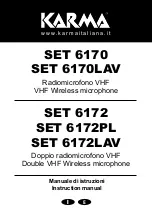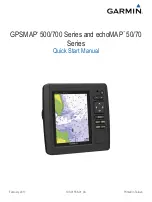
Operating Instructions
ISD 230/260/280
Chapter
4
© SICK AG · Auto Ident · Germany · All rights reserved
8 008 207/30-11-2001
17
Installation
4.2.5
Selecting the mounting location
The system must be mounted in such a way that the straight line of vision between
the two units is unimpaired.
Ø
Aligne both units either vertically or horizonally.
Ø
Ensure that the adjustment aid (on the top) is easily accessible on both units.
Ø
If two ISD systems are operated in parallel, ensure that the units with the same carrier
frequency are mounted diagonally opposite one another.
See also
Chapter 5.1.2 Setting the transmission frequencies, Page 22
or
Chapter 5.2.2
Transmission frequencies, Page 33
.
Ø
If the connector cover is used, observe the longer dimensions in summary due to the
cover (see
Fig. 10-3, Page 53
).
Path length: 0.2 ... 150/180/200 m
Ø
Mount the units at an angle of 180° with respect to each other (
Fig. 4-1
).
The two large lenses must be directly opposite one another.
Fig.
4-1: Mount the two units at a distance of 0.2 ... 150/180/200 m
Path length: 3 ... 150/180/200 m
Ø
If the distance between any position on the mobile station and the fixed station is not
less than 3 m, both units can also be mounted in the same plane (device unit not
rotated through 180°).
Table 4-1
shows the transmitter and receiver aperture angle for a device unit. The light
spot diameter of the transmitter depending on the distcance is shown in
Table
4-2
.
Rotated
through
180° !
Electrical
interface
Electrical
interface
Distance:
0.2 ... 150/180/200 m
Light path
Station 1
Station 2
Transmitter
Receiver
Transmitter
Receiver
Component
Aperture angle
Transmitter
approx. ± 0.4°
Receiver
approx. ± 0.8°
Table
4-1: Aperture angles
















































